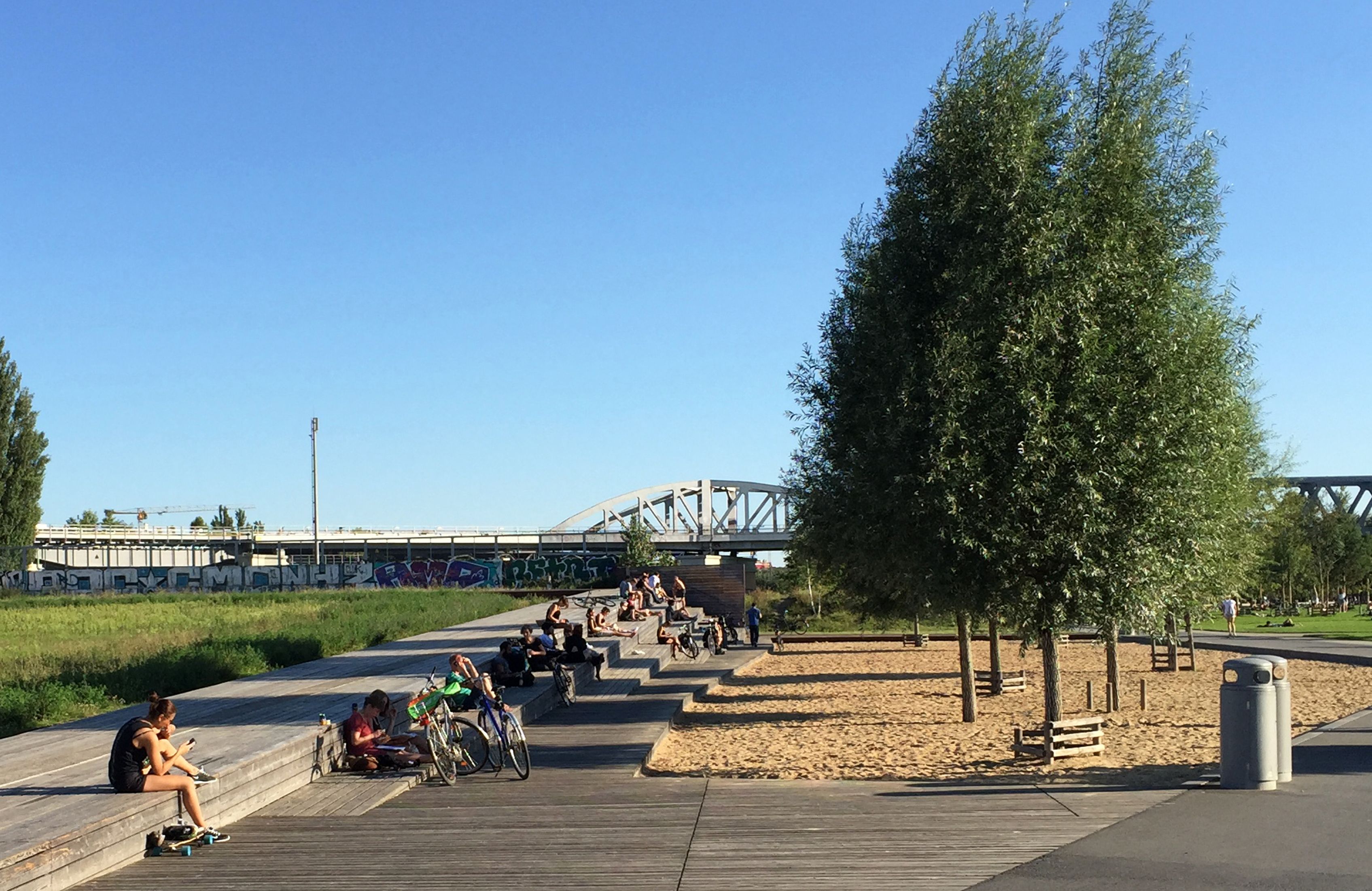
The direct "Marton" line from Preston (which also passed through Blackpool South station) was closed in 1965, leaving a large tract of wasteland along with disused embankments and bridges. Part of the site was used as a bingo hall until 1973, at which time all the station buildings were demolished. Blackpool Corporation had successfully lobbied British Railways for Central to be closed instead, in order that it might buy the land for potentially lucrative redevelopment. The station remained in service just long enough to see its centenary before its closure on 2 November 1964, against the original recommendation of the 1963 Beeching Plan, which had proposed the closure of Blackpool North station instead. The debris from the collision was strewn over a large area a large part of it struck Central station, causing severe damage and killing twelve people. On 27 August 1941, two aircraft-a Blackburn Botha trainer and a Boulton Paul Defiant fighter-collided in midair over the sea, just off Blackpool's central seafront. Blackpool was home base for a major flight training centre and a fighter squadron during the war. Ĭentral station was the focus of Blackpool's worst incident during the Second World War. The station was the world's busiest railway station in 1911.

This arrangement made for very convenient and direct access to Blackpool's town centre, particularly the sea front and Blackpool Tower.

A further development came in 1903 when an additional "Marton Line" was added, routed directly from Preston and considerably shorter and quicker. In 1901, the station was enlarged to include 14 platforms-the same number of platforms as London's busy Paddington terminus in 2006. In 1874 this line was connected to another branch from Lytham to Kirkham, allowing through trains from Preston and beyond. Initially, it was a relatively small town centre terminus for an isolated line running along the south Fylde coast from Lytham. The station opened on 6 April 1863 as " Hounds Hill" and was renamed "Blackpool Central" in 1878. Principal railway services to Blackpool now terminate at Blackpool North. It contained 14 platforms at its closure in 1964, it became the station with the highest number of platforms ever to close. Lancashire and Yorkshire Railway / London and North Western Railwayīlackpool Central was the largest railway station in the town of Blackpool in the county of Lancashire, England. You can check out the railway and book tickets here.Ĭlick here to sign up to our London Underground newsletter for all the latest sent straight to your inbox.Blackpool Central railway station and Blackpool Tower in 1959ĥ3☄8′51″N 3☀3′15″W / 53.8141°N 3.0542°W / 53.8141 -3.0542 The group now run a weekend steam train service on the line during the spring and summer, allowing fellow enthusiasts to enjoy this forgotten stretch of railway. It is now privately owned and operated as a heritage railway by the Epping Ongar Railway after the line between Ongar and North Weald was restored by volunteers. However, the Blake Hall's station building still stands and is today a private home, and despite being deleted from the Tube map, the railway passing the station remains. Since then, Epping has been the last stop on the Central line. The service between Epping and Ongar continued to run until September 1994 when that too was finally shut down.

Only a heritage railway runs from Ongar Station now


 0 kommentar(er)
0 kommentar(er)
